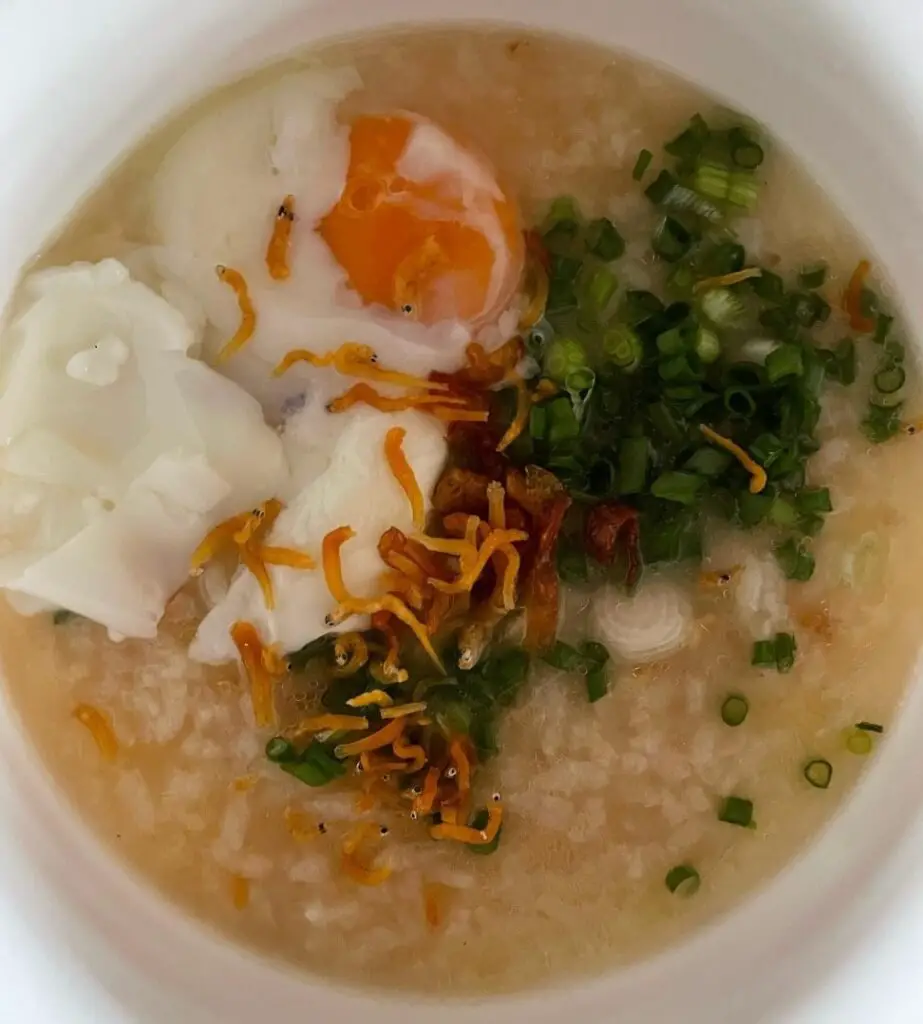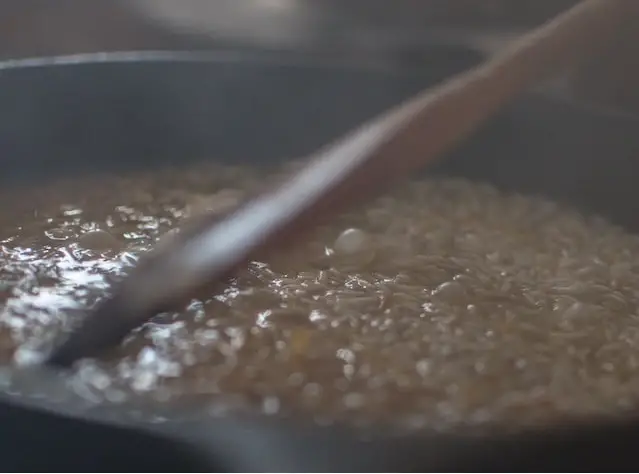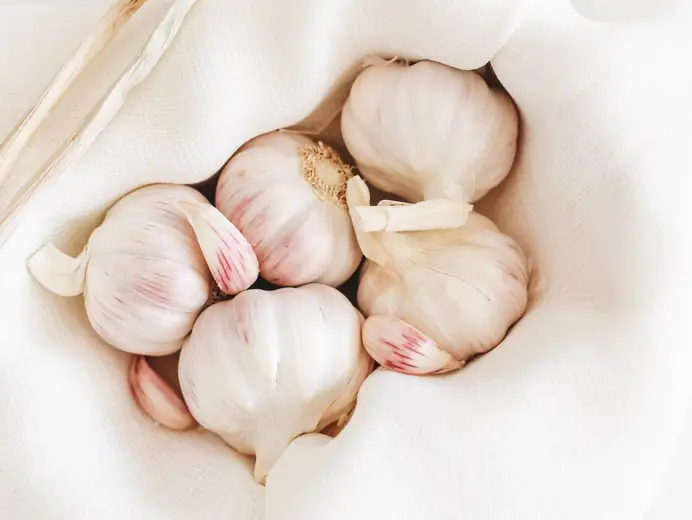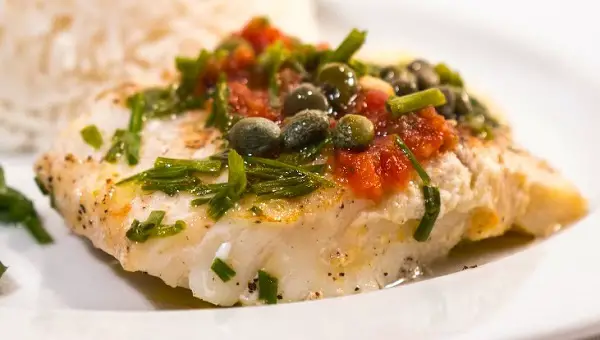I love cooking congee on a rainy day. It’s the perfect comfort and healthy food that I can eat almost every day. When I first started cooking congee, I always ended up with a watery and thin congee. You are not alone, a lot of beginner struggle with getting the consistency of their congee right.
The most common reason for watery congee is using too much water. For my ideal congee, I usually use 1:8 rice to water ratio. But if you do not know what type of consistency you like, I would cook using 1:5 ratio. Then slowly add more water towards the end of the process to get to the consistency you like.
Not cooking the long enough is also another reason for watery congee. When I cook congee, once the congee starts to boil, I would then turn the heat down and simmer for at least 45 mins. Don’t forget to stir every 10 – 15 mins to prevent it from burning or sticking to the bottom of the pan.
Using the wrong type of rice may also result in a watery congee. I come from a Asian household, so I always use jasmine rice to cook rice or congee. So this will produce a thicker and creamier congee which is the consistency that I like. However if you a using basmati rice, then you won’t get the creamy congee texture. Most likely it will result in a more soupy texture. So you have a layer of water and the rice instead.
How to save my congee?
If your congee is too watery, you can continue to let it simmer to boil off the water. Alternatively, you can also add some corn starch to thicken it.
Worse case scenario is that, you can still eat it even if it’s watery, it will still taste as good, just that it won’t have the creamy texture.
Here’s one that I cooked the other day. By adding some spring onions, fried shallots, a soft boiled egg and some fried mini ikan bilis, you can elevate the flavor of your congee.





